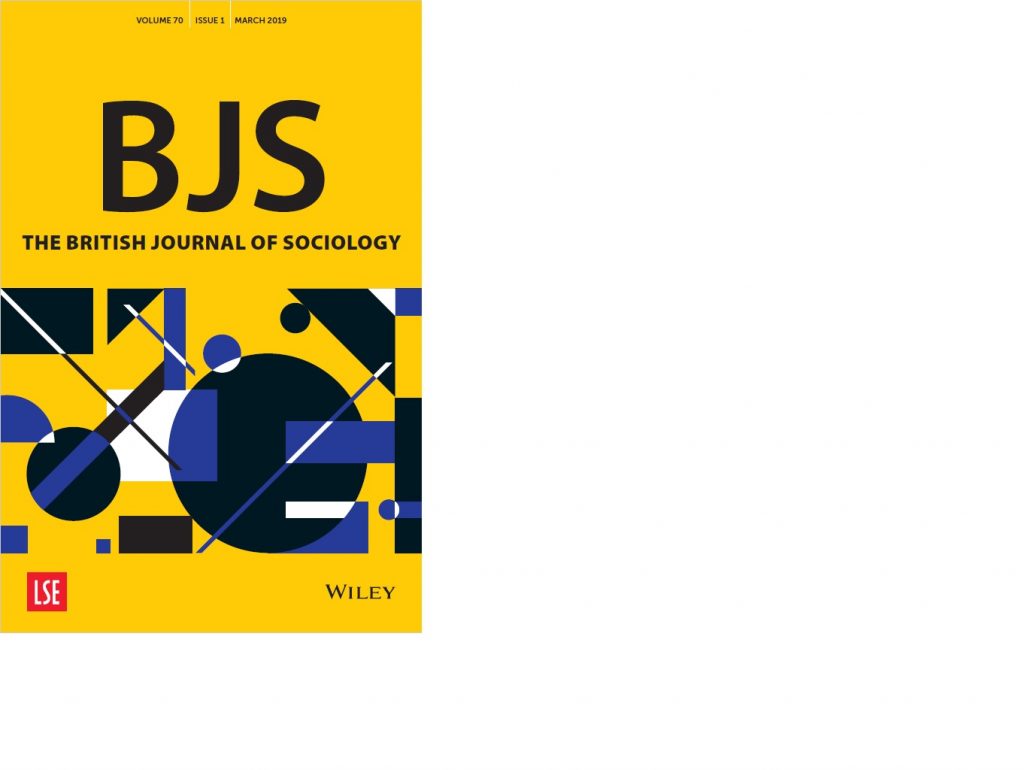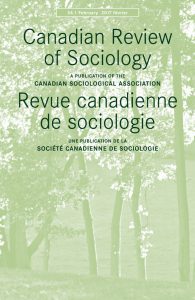Only “Real” Women Need Apply: Defining Womanhood and Trans Inclusion at Women’s Colleges
![By Nicolás Espinosa (De mi computador) [GFDL (http://www.gnu.org/copyleft/fdl.html) or CC-BY-SA-3.0-2.5-2.0-1.0 (http://creativecommons.org/licenses/by-sa/3.0)], via Wikimedia Commons](https://thesocietypages.org/sociologylens/files/2014/08/rejected-500x170.png)
By Nicolás Espinosa (De mi computador) [GFDL (http://www.gnu.org/copyleft/fdl.html) or CC-BY-SA-3.0-2.5-2.0-1.0 (http://creativecommons.org/licenses/by-sa/3.0)], via Wikimedia Commons
That does not mean, however, that sex segregation in education is always the answer. In fact, for some single-sex colleges, the gender-focused environment is in fact too exclusionary. Women’s colleges, by definition, are for women. But what does that mean? Who qualifies as a woman? Are we talking about gender or sex?
Recently, trans inclusion at single-sex schools has been in the media, and as a person who has lived the experience and is deep in the “debate,” I must say this is appalling that this is still a conversation that must be had. And yet countless of administrators, students, and alumnae are throwing a fit at the idea of accepting a transwoman to a single-sex school. Remind me- what year is this?
Let me catch you up with a little bit of background. In the spring of 2008, Calliope Wong, a transwoman from Connecticut applied to Smith College (you can read her story here). She had multiple conversations with the admissions office about the process and whether or not she could apply due to her gender identity and sex. The admissions office, and Smith more generally, only has the policy that if the application suggests that the applicant identifies as female, including the use of female pronouns and perhaps mention of women/womanhood/female issues and experiences in the personal statement, the application would be considered. Calliope, however, received a rejection letter due to the fact that her FASFA form (which is not a required document…)* had her sex marked “M,” citing that including a “male” on campus would risk the school’s historical single-sex status and federal funding. One little letter. Rejected. Excluded.
The same year, however, Mount Holyoke (only 15 minutes away from Smith), also a historical seven sister and part of the same collegiate consortium as Smith, accepted their first transwoman applicant as well as Simmons College. Since then, there have been multiple cases of either acceptance or rejections, news coverage, student protests, and changes of school policies about this issue.
The way I see and understand the argument against trans exclusion is extremely narrow-minded and sexist. Similar to separatist lesbian feminist and womyn’s spaces like the Michigan Womyn’s Music Festival or communes, the exclusion of transwomen is due to the presence of male anatomy (and accompanying “threat” of male violence). It is due to sex.
“But Smith is a school for women,” is often the argument made. Well, if we are defining Smith’s population by sex, then perhaps. That is why Calliope was rejected from Smith. Because I have many friends at Smith and at other women’s colleges that do not identify as female, though they were born with “female anatomy.” But then, how is sex defined? How would admissions officers be sure every student applying has “female anatomy?” Are chromosomes enough? Breasts? A certain threshold of estrogen? A vagina? How would we draw that line?
Then there is the gender side of womanhood. If we say Smith is a school for women, as according to their gender, then aren’t we reinforcing gender categories, dichotomies, and norms on people? What about students who come to realize in their new environment that they do not identify as female? What about people like Calliope, who do identify as female?
Needless to say, it is clear how Smith is defining womanhood, regardless of how their policies may state otherwise. Smith is truly a single-sex institution, not necessarily a women’s college for all women. And now, with the recent Hobby Lobby Supreme Court Decision, religious schools are using Smith and other single-sex schools as a precedent in order to exclude trans students from their schools as well. Shouldn’t we reconsider how single-sex environments are actually exclusionary and perpetuate the sex binary and move towards a more inclusive idea of womanhood and gender variation?
***Update:
Since this post was written, Mills College located in California changed its policies, as well as Mount Holyoke College in Massachusetts, to allow any person who self-identifies as a female to apply.
Pieces to Read:
Erikson-Schroth, Laura. 2014. Trans bodies, trans selves : a resource for the transgender community. New York: Oxford Press.
Beemyn, Brett. 2003). “Serving the Needs of Transgender College Students” Journal of Gay & Lesbian Issues in Education 1(1): 33-50.
Beemyn, Brett. (2005. “Making Campuses More Inclusive of Transgender Students.” Journal of Gay & Lesbian Issues in Education 3(1):77-87.
Perifimos, Cathy. 2008. “The Changing Faces of Women’s Colleges: Striking a Balance Between Transgender Rights and Women’s Colleges’ Right to Exclude.” Cardozo Journal of Law & Gender 15:141-168.
Kraschel, Katherine. 2012. “Trans-cending Space in Women’s Only Spaces: Title IX Cannot Be the Basis for Exclusion.” Harvard Journal of Law & Gender 35:463-485.





1468-0491/asset/society_affiliation_image.gif?v=1&s=859caf337f44d9bf73120debe8a7ad67751a0209)
Great list of resources to read. Susan Marine has done good research in this areas as well, particularly among administrators at women’s colleges. Check out
Marine, S. (2011). Our college is changing: Women’s college student affairs administrators and transgender students. Journal of Homosexuality, 58 (9). 1165-1186.